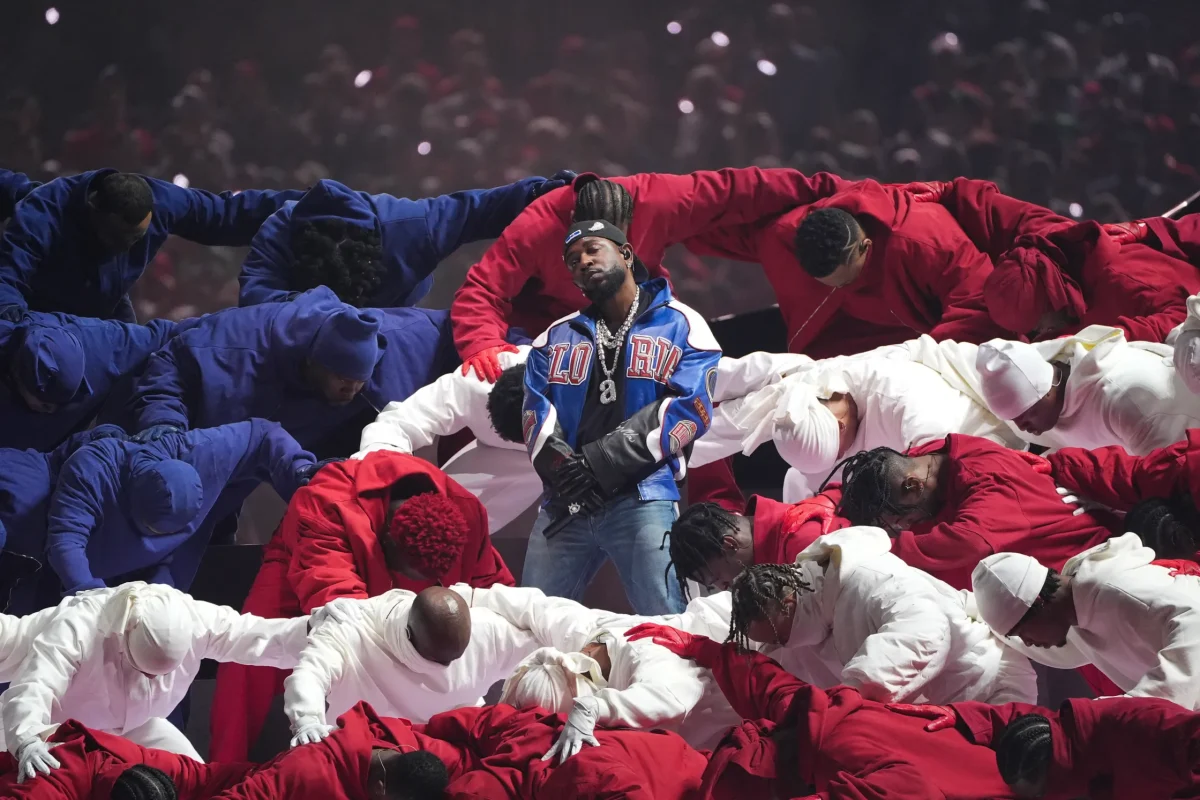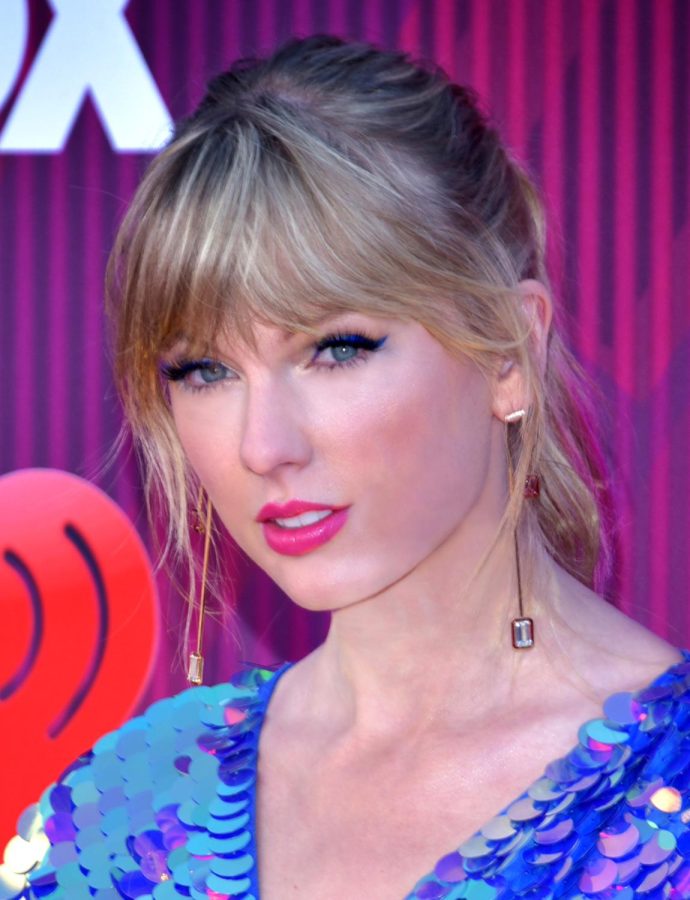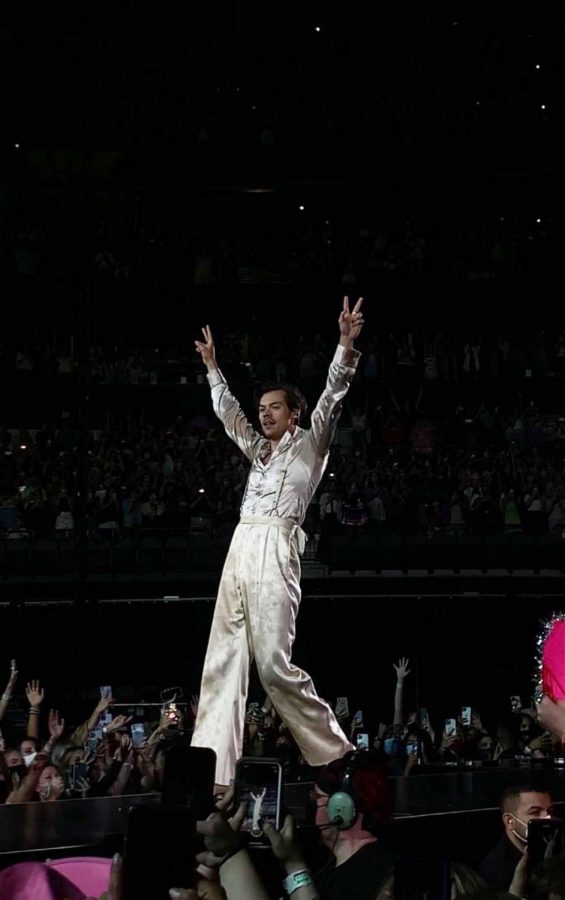The re-release of the iconic 1997 film “Titanic” literally and figuratively adds a new dimension to the story. Just in time for the 100-year anniversary of the April 15 tragedy, theaters across the nation have again embraced the timeless romance of Jack and Rose – this time in 3D. Thankfully, there’s no trace of cheesy gimmicks in the new “Titanic.” The film appears just as it did on the big screen 15 years ago, all classic scenes included.
The story has not aged a bit. The R.M.S. Titanic’s catastrophic maiden voyage from Southampton to New York City is the setting for first-class passenger Rose DeWitt Bukater and third-class passenger Jack Dawson’s sudden and passionate love affair, through which Rose is saved from the shallowness and monotony of high-privileged society. Actual historical events and people are archived in the movie against the fictional romance, like the story of “the unsinkable” Molly Brown and shipbuilder Thomas Andrews.
In reality, “Titanic” didn’t need altering at all – its emotional intensity and true-story subject matter were enough to keep it alive forever. The new version does deserve applause, though. The film does not include any dramatic pop-outs that are so quintessential of 3D movies, and consequently, it hardly feels like 3D at all. However, upon removing the glasses for a moment, it’s easy to see what the editors did to “Titanic.” By strengthening the contrast in the depth-of-field, the subject of the shot stands out much more than it does in 2D. Therefore, every picture of the Grand Staircase, every kiss between Jack and Rose and every shot of the ocean is more beautiful, and the original cinematography can be appreciated even more.
Though the new “Titanic” is mostly just an ultra-high-definition version of its already flawless reel, there are moments where the third dimension really comes through and makes the scene. In the beginning of the movie, when the modern-day researchers are at the shipwreck site searching for the Heart of the Ocean, the camera takes the path of the submarine as it travels through the corridors of the decaying ship. The small particles floating around in the water that the submarine’s lights make visible come toward the camera and, in 3D, pass by the audience as they traverse farther into the Titanic. The effect, which is obviously only possible with the third dimension, adds to the eerie quality of the modern Titanic footage and envelops the audience into its ghastly history.
Throughout the movie, various characters smoke cigarettes – most often the first-class passengers at dinnertime. These scenes are also graced with subtle touches of 3D. The smoke clouds, as they unfold into the air, spill over the barrier of the screen and come just a little closer to those watching them. These small 3D details, though not as flashy as huge pop-outs, are just as impressive to see.
More important than the addition of another dimension, though, is simply the fact that the story of the Titanic can be experienced on the big screen again. Those who are enamored with the tragedy and missed the opportunity to experience it in theaters the first time have another chance to, and seeing the Titanic in three dimensions is the closest one can ever get to the ill-fated ship in its prime.
There’s no doubt that the quality of the picture provided by “Titanic” in 3D is phenomenal, but the film itself is phenomenal. “Titanic” will be appreciated no matter how many dimensions it is put into.
















